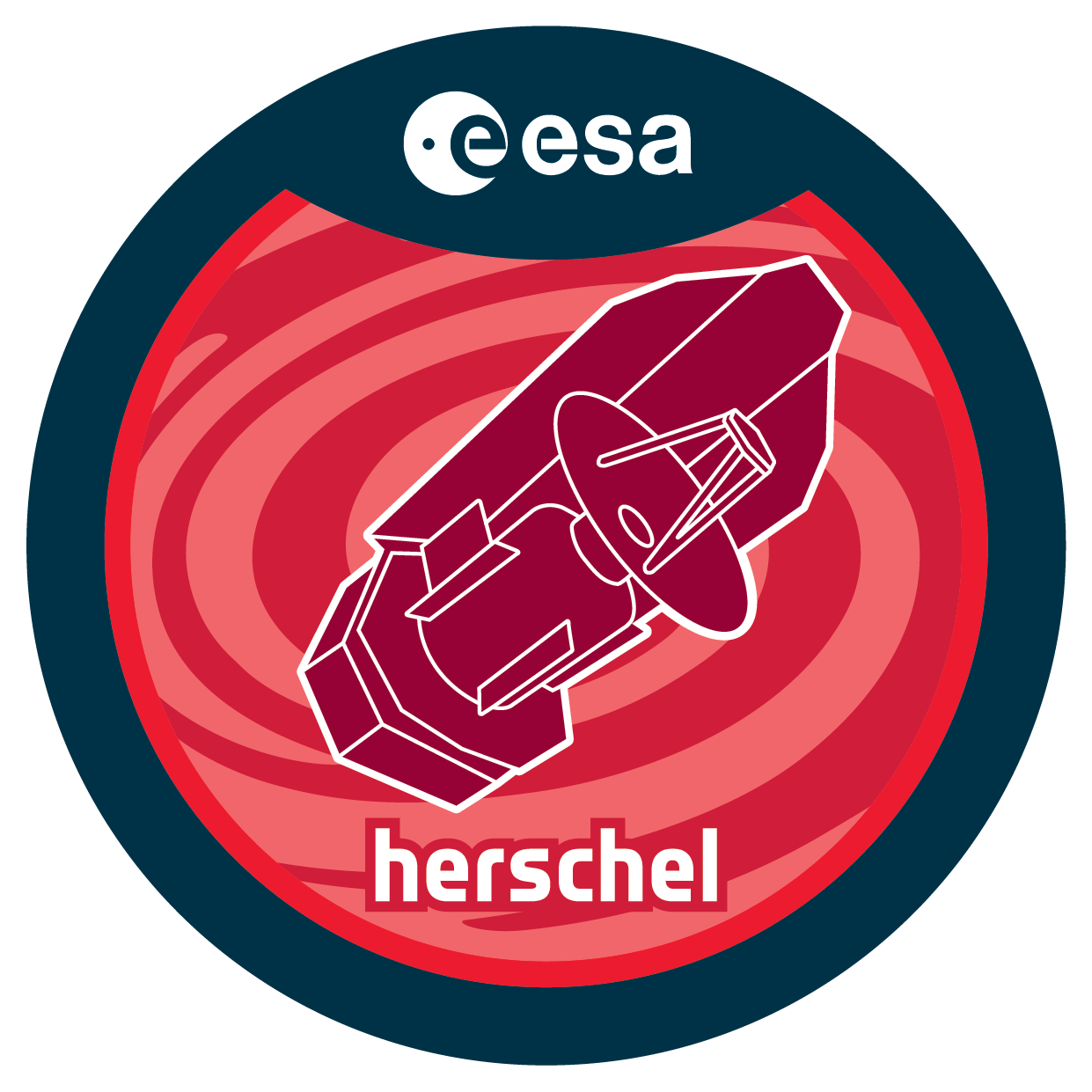

| Name | OT1_hdinerst_1 |
| Title | How Cool Are Planetary Nebulae? |
| URL | http://archives.esac.esa.int/hsa/whsa-tap-server/data?retrieval_type=OBSERVATION&observation_id=1342220755&instrument_name=PACS&product_level=LEVEL0&compress=true |
| DOI | https://doi.org/10.5270/esa-es6krlz |
| Author | dinerstein, h. |
| Description | We propose to observe the O III 52 and 88 micron fine-structure lineswith PACS in planetary nebulae, in order to investigate whetherthey contain a cold and possibly metal-rich component in addition to theordinary hot (10,000 K) material. The presence of cold gas has beenproposed in order to account for the excessive strengths of opticalemission lines from recombining O++ ions, and low temperatures (500 -5000 K) indicated by some diagnostics. If planetary nebulae truly have suchinhomogeneous physical conditions and abundances, this calls intoquestion our fundamental understanding of the composition of the nebulargas, a major source of recycled material to the ISM. The FIR O IIIlines offer a unique opportunity to address this issue because, due totheir low excitation energies, they are emitted from both cold and hotgas, while the optical O III lines arise only from hot gas. The bright 52 and88 micron lines were easily observed in some of our sample using lesssensitive, large-beam instruments such as the Kuiper AirborneObservatory (by this P.I.) and ISO-LWS. For several targets theprevious observations indicate O/H values greater than solar, supportingthe idea that metal-rich gas is present, but the higher angularresolution of PACS is needed in order to discern whether the metal-richmaterial is concentrated towards the central regions, as claimed byoptical studies. For several objects we propose to also measure the 88.8micron 1312 H I line, which will not only provide ameasurement of H+, but also a probe of temperature bycomparing its strength to that of shorter-wavelength H I lines. Thelatter will be taken from Spitzer-IRS maps (for a few targets),and optical integrated-field unit spectral maps either already obtained, or to be obtained, at McDonald Observatory. These observations may enable us to prove or disprove the presence of cold O-rich material in planetary nebulae. |
| Publication |
|
| Instrument | PACS_PacsRangeSpec_point, PACS_PacsLineSpec_point |
| Temporal Coverage | 2011-05-12T22:36:23Z/2012-09-12T08:45:36Z |
| Version | SPG v14.2.0 |
| Mission Description | Herschel was launched on 14 May 2009! It is the fourth cornerstone mission in the ESA science programme. With a 3.5 m Cassegrain telescope it is the largest space telescope ever launched. It is performing photometry and spectroscopy in approximately the 55-671 µm range, bridging the gap between earlier infrared space missions and groundbased facilities. |
| Creator Contact | https://support.cosmos.esa.int/h®erschel/ |
| Date Published | 2013-03-12T06:06:57Z |
| Last Update | 2025-01-24 |
| Keywords | Herschel, HSC, submillimetre, far-infrared, HIFI, PACS, SPIRE |
| Publisher And Registrant | European Space Agency |
| Credit Guidelines | European Space Agency, dinerstein et al., 2013, 'How Cool Are Planetary Nebulae?', SPG v14.2.0, European Space Agency, https://doi.org/10.5270/esa-es6krlz |